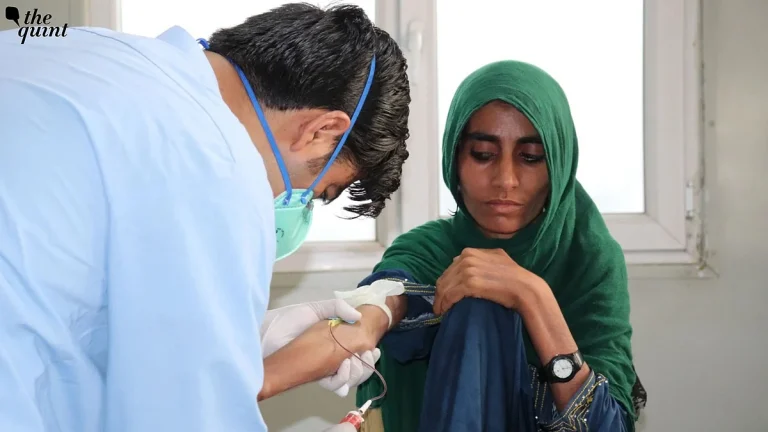The Shadow Pandemic: Misinformation Cripples South Asia’s Fight Against Disease
Across the diverse landscapes of South Asia, a battle is raging, not just against disease, but against a pervasive enemy that undermines every effort to promote health and well-being: misinformation. This insidious force takes on myriad forms, from vaccine hesitancy fueled by unfounded fears to social stigma that prevents individuals from seeking timely medical care. The consequences are devastating, as preventable diseases become entrenched, complications escalate, and lives are needlessly lost. In a region grappling with complex health challenges, misinformation acts as a crippling barrier to progress, exacerbating existing vulnerabilities and hindering efforts to build healthier communities.
The digital revolution, while offering unprecedented opportunities for progress, has also become a breeding ground for misinformation. The internet, particularly social media platforms and messaging apps, has become a fertile ground for the spread of false and misleading health information. Unverified claims, often presented as “miracle cures” or “ancient remedies,” circulate widely, preying on the hopes and anxieties of vulnerable populations. This digital wildfire of misinformation undermines evidence-based medicine, eroding public trust in healthcare professionals and scientific institutions.
The proliferation of sophisticated technologies has further amplified the reach and impact of misinformation. Deepfakes, AI-generated propaganda, and bot farms are now deployed in coordinated campaigns designed to manipulate public opinion and sow distrust in established scientific knowledge. These tactics blur the lines between reality and fabrication, making it increasingly difficult for individuals to discern credible information from malicious falsehoods. The consequences are far-reaching, weakening health systems, destabilizing communities, and transforming preventable illnesses into deadly crises.
In the heart of this misinformation crisis, frontline health workers bear the brunt of the battle. Consider the young polio vaccinator in northern Pakistan, who embarks on her rounds not just with vaccines, but also with a heavy burden of fear. Rumors, propagated through social media and messaging apps, paint her as part of a sinister sterilization plot, endangering her safety and undermining her vital work. The tragic reality is that her experience is not unique. Across South Asia, health workers face harassment, threats, and even fatal attacks, simply for carrying out their duty to protect communities from preventable diseases.
The resurgence of polio in Pakistan, a nation on the cusp of eradication, serves as a stark example of misinformation’s devastating impact. Repeated disinformation campaigns have fueled vaccine hesitancy and distrust, allowing the virus to regain a foothold and jeopardizing decades of progress. The tragic consequence is the continued emergence of polio cases and the ongoing threat to health workers, with over 100 having been killed in targeted attacks since 2012.
The COVID-19 pandemic starkly exposed the global vulnerability to health misinformation. A deluge of conspiracy theories, promoted through social media, undermined vaccination efforts and fueled dangerous practices. This “infodemic,” as it has been termed, not only hindered the pandemic response but also laid bare the fragility of trust in scientific institutions and the vulnerability of communities to misinformation. The challenges faced in South Asia highlight a global emergency, where misinformation erodes public health infrastructure, fuels distrust, and transforms preventable illnesses into deadly crises. The fight against misinformation requires a multi-pronged approach, encompassing media literacy programs, robust fact-checking initiatives, and community engagement strategies. Critically, empowering individuals to critically evaluate information and make informed decisions about their health is paramount.


